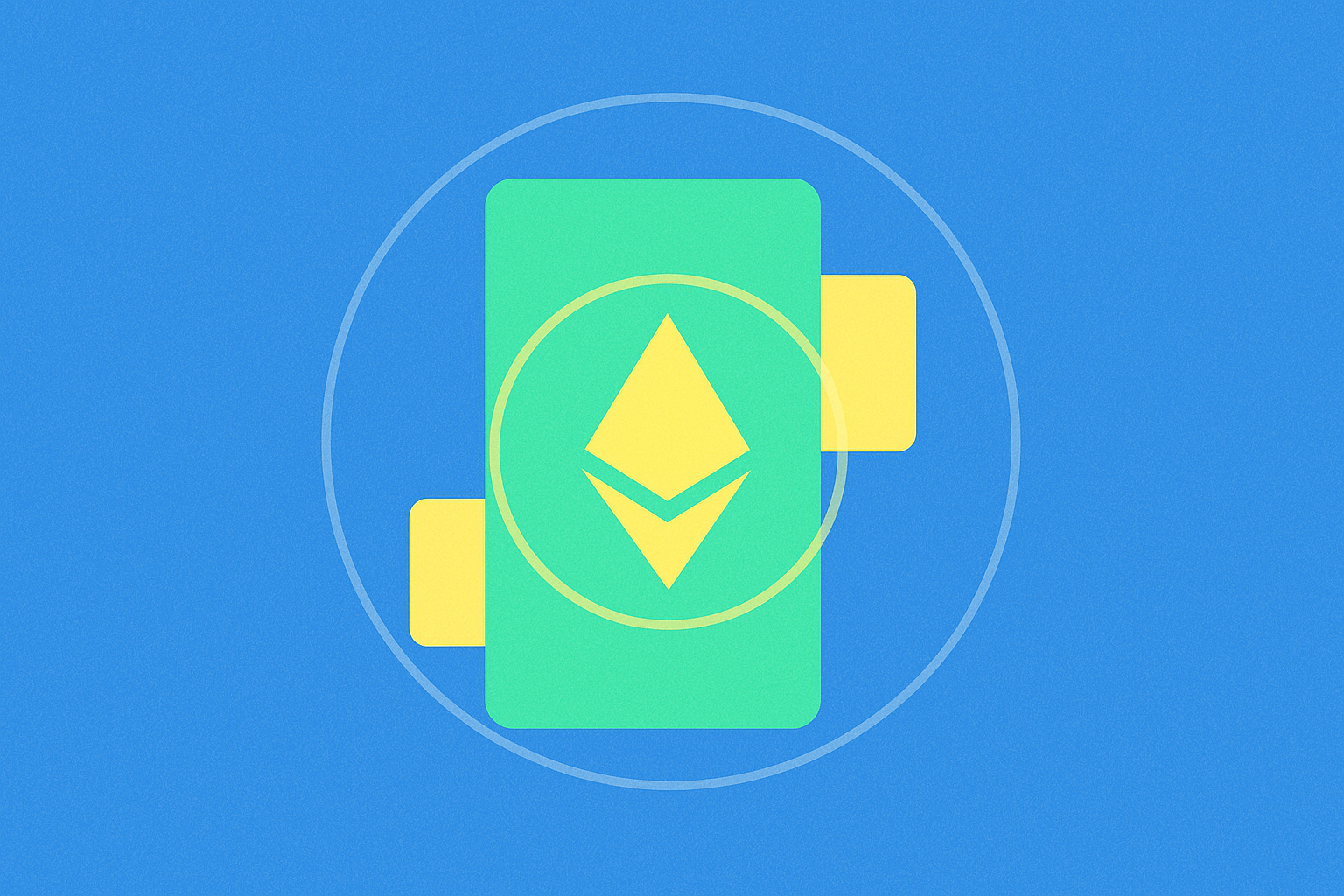AURA ve SOL: İki Yükselen Blockchain Ekosisteminin Karşılaştırmalı Analizi

Giriş: AURA ve SOL Yatırımlarının Karşılaştırılması
Kripto para piyasasında, Aura Network ile Solana'nın karşılaştırılması yatırımcılar açısından gündemden düşmeyen bir konu olmuştur. Bu iki proje; piyasa değeri sıralaması, kullanım alanları ve fiyat performansı bakımından önemli farklar gösterirken, kripto varlık ekosisteminde de farklı pozisyonlara sahiptir.
Aura Network (AURA): Lansmanından bu yana, küresel çapta NFT benimsenmesini hızlandırmaya odaklanmasıyla piyasada hızlıca tanınırlık kazanmıştır.
Solana (SOL): 2017'nin sonlarında faaliyete geçen Solana, ölçeklenebilirlikten ödün vermeden merkeziyetsizlik ve güvenliği sürdüren yüksek performanslı bir blockchain protokolü olarak öne çıkmaktadır.
Bu yazıda, AURA ile SOL'un yatırım değerleri kapsamlı biçimde analiz edilerek; geçmiş fiyat hareketleri, arz mekanizmaları, kurumsal benimseme, teknoloji ekosistemleri ve gelecek projeksiyonları ele alınacak, yatırımcıların en çok merak ettiği soru yanıtlanmaya çalışılacaktır:
"Şu anda hangi token daha avantajlı bir alım fırsatı sunuyor?"
I. Fiyat Geçmişi Karşılaştırması ve Güncel Piyasa Görünümü
AURA ve SOL Tarihsel Fiyat Eğilimleri
- 2025: AURA, 6 Ocak 2025'te 0,06798 $ ile en yüksek fiyatını gördü.
- 2025: SOL, 19 Ocak 2025'te 293,31 $ ile tüm zamanların zirvesine ulaştı.
- Karşılaştırmalı analiz: Mevcut piyasa döngüsünde AURA, 0,06798 $ zirvesinden 0,003149 $ seviyesine kadar gerilerken; SOL daha istikrarlı bir seyir izleyerek şu anda 207,8 $'dan işlem görmektedir.
Güncel Piyasa Durumu (14 Ekim 2025)
- AURA güncel fiyatı: 0,007406 $
- SOL güncel fiyatı: 207,8 $
- 24 saatlik işlem hacmi: AURA 59.287,02 $ | SOL 276.221.308,23 $
- Piyasa Duyarlılık Endeksi (Korku & Açgözlülük Endeksi): 38 (Korku)
Canlı fiyatları görmek için tıklayın:
- AURA güncel fiyatını görüntüle Piyasa Fiyatı
- SOL güncel fiyatını görüntüle Piyasa Fiyatı
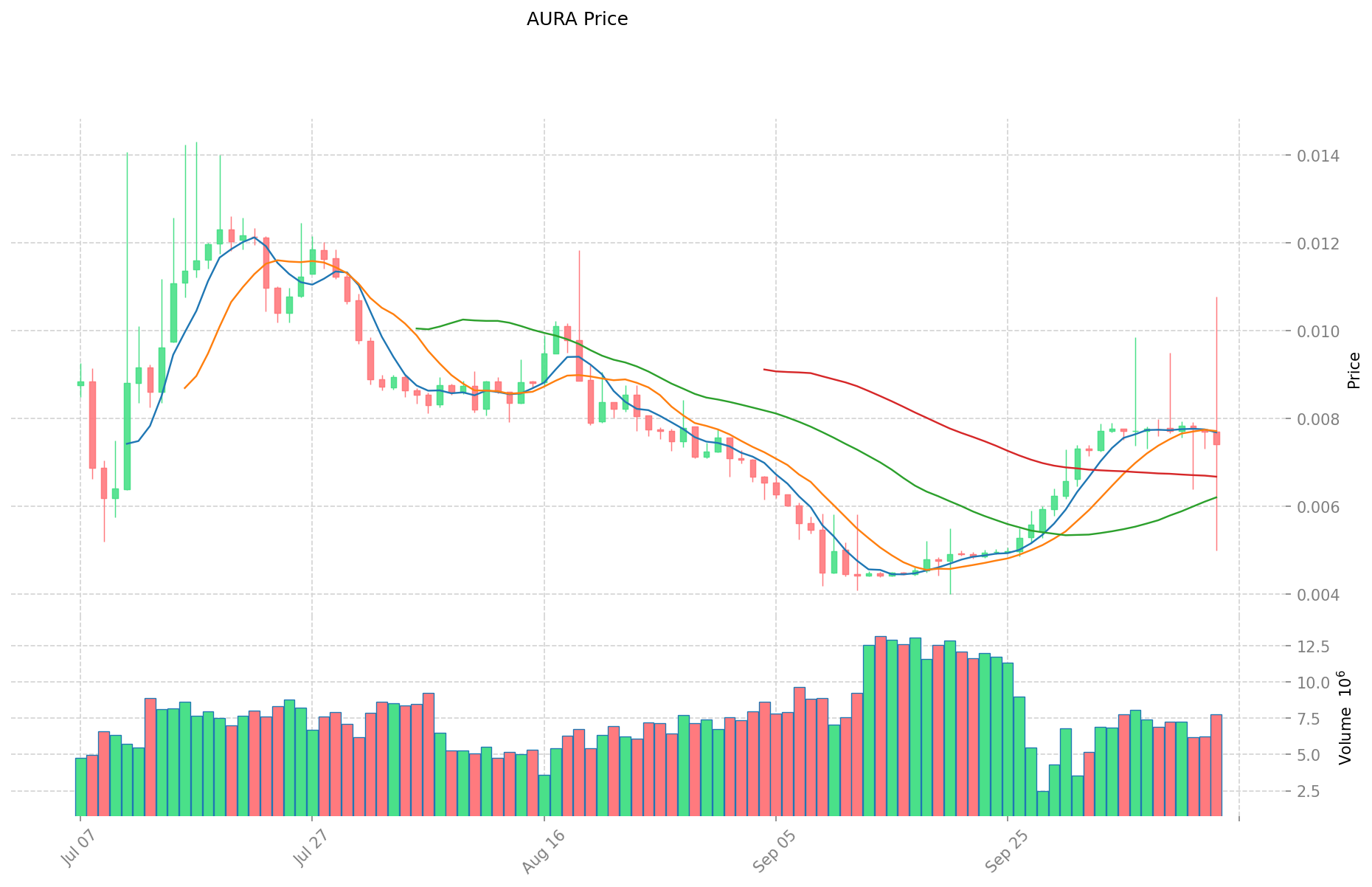
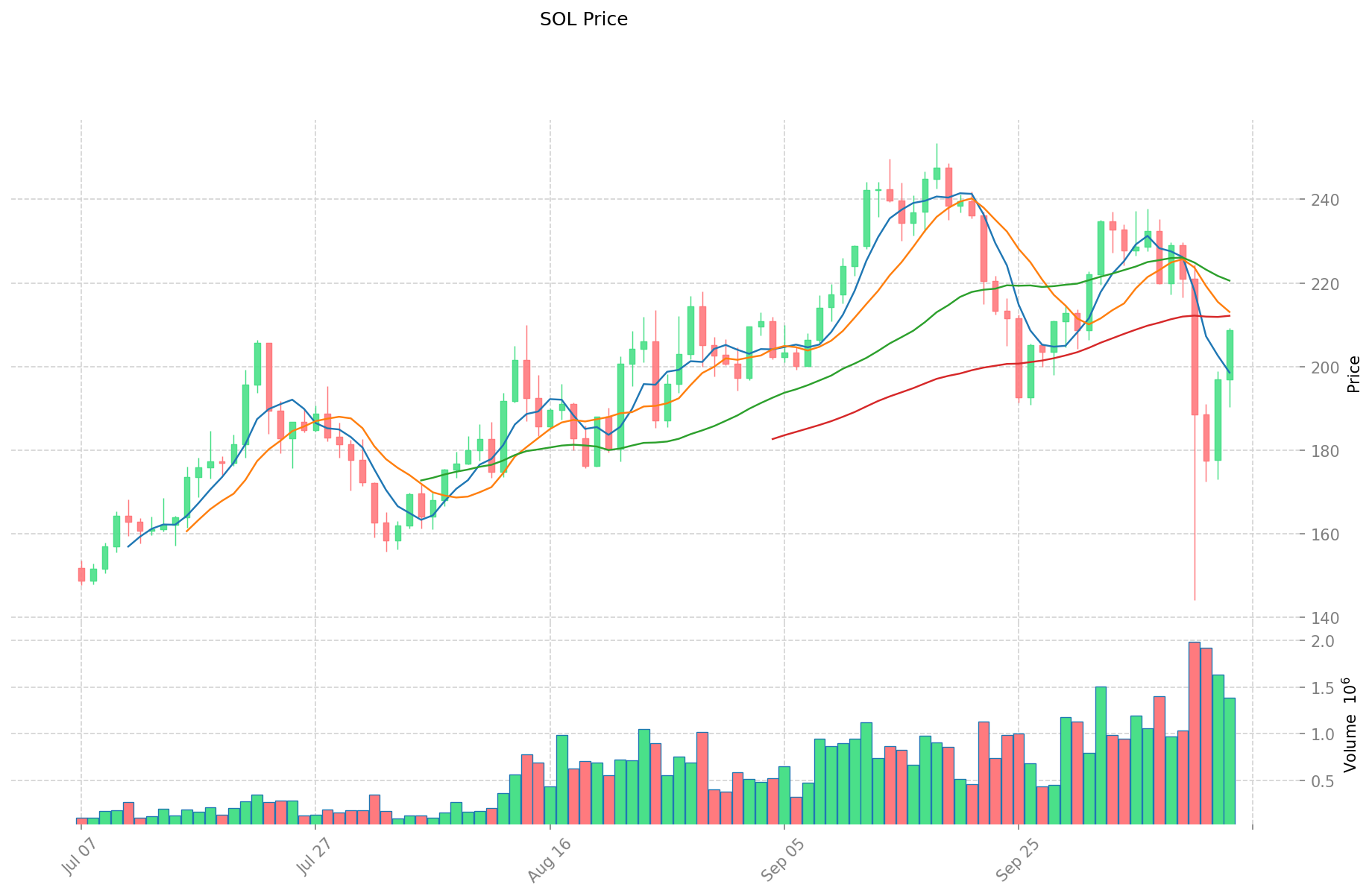
II. AURA ve SOL Yatırım Değerini Etkileyen Temel Unsurlar
Arz Mekanizmalarının Karşılaştırılması (Tokenomik)
-
AURA: Maksimum 1 milyar token sınırı bulunan dinamik arz modeli kullanır
-
SOL: Başlangıç enflasyon oranı %8 olup, her yıl %15 azalır ve uzun vadede %1,5'e iner
-
📌 Tarihsel Model: Solana'nın enflasyonist yapısı sürekli satış baskısı yaratırken, AURA'nın sınırlı arzı benimseme arttıkça kıtlık değerini artırabilir.
Kurumsal Benimseme ve Piyasa Uygulamaları
- Kurumsal Yatırımlar: Solana, büyük fonlar ve girişim sermayesi şirketlerinden önemli düzeyde kurumsal ilgi görürken, AURA erken benimseme aşamasındadır
- Kurumsal Kullanım: Solana, ödemeler ve NFT platformları gibi farklı alanlarda kullanılırken; AURA, oyun ve içerik üreticilerine odaklı iş birliği geliştirmeye yönelmiştir
- Düzenleyici Durum: Her iki token, farklı ülke ve bölgelerde belirsiz düzenleyici çerçeveler altında faaliyet göstermektedir
Teknik Gelişim ve Ekosistem Oluşumu
- AURA Teknik Güncellemeleri: Oyun uygulamalarına yönelik işlem kapasitesi ve istikrarı artırmaya odaklanıyor
- SOL Teknik Gelişimi: Ağ kesintilerine karşı doğrulayıcı ve konsensüs iyileştirmeleri uyguluyor
- Ekosistem Karşılaştırması: Solana, DeFi, NFT ve ödemelerde daha geniş ve çeşitli bir ekosisteme sahipken, AURA oyun ve üretici ekonomisi uygulamalarında uzmanlaşıyor
Makroekonomik Etkenler ve Piyasa Döngüleri
- Enflasyonist Ortamlarda Performans: SOL, enflasyon dönemlerinde karışık bir performans sergilerken; AURA'nın tarihsel verisi sınırlı
- Makro Para Politikası: Her iki token da faiz değişimlerine, riskli varlıklarla birlikte tepki veriyor
- Jeopolitik Etkiler: Sınır ötesi işlem talebi her iki ağ için de avantaj, Solana'nın güçlü altyapısı ise özellikle belirsiz ortamlarda öne çıkıyor
III. 2025-2030 Fiyat Tahmini: AURA - SOL
Kısa Vadeli Tahmin (2025)
- AURA: Temkinli 0,00718 $ - 0,00741 $ | İyimser 0,00741 $ - 0,01030 $
- SOL: Temkinli 191,54 $ - 208,20 $ | İyimser 208,20 $ - 235,27 $
Orta Vadeli Tahmin (2027)
- AURA, büyüme evresine geçebilir ve 0,00508 $ - 0,01171 $ aralığı öngörülüyor
- SOL, konsolidasyon evresine girebilir, fiyatlar 151,47 $ - 286,87 $ arasında olabilir
- Belirleyici etkenler: Kurumsal sermaye girişi, ETF, ekosistem gelişimi
Uzun Vadeli Tahmin (2030)
- AURA: Temel senaryoda 0,01374 $ - 0,01676 $ | İyimser senaryoda 0,01676 $ - 0,01676 $
- SOL: Temel senaryoda 303,94 $ - 452,87 $ | İyimser senaryoda 452,87 $ - 452,87 $
Yasal Uyarı: Bu analiz, geçmiş verilere ve güncel piyasa koşullarına dayanmaktadır. Kripto para piyasaları yüksek volatilite içerir ve öngörülemezdir. Bu bilgiler yatırım tavsiyesi değildir. Yatırım kararlarınızı vermeden önce kendi araştırmanızı yapınız.
AURA:
| 年份 | 预测最高价 | 预测平均价格 | 预测最低价 | 涨跌幅 |
|---|---|---|---|---|
| 2025 | 0,01029851 | 0,007409 | 0,00718673 | 0 |
| 2026 | 0,00929644275 | 0,008853755 | 0,00805691705 | 19 |
| 2027 | 0,01170687754875 | 0,009075098875 | 0,00508205537 | 22 |
| 2028 | 0,013092645146962 | 0,010390988211875 | 0,007689331276787 | 40 |
| 2029 | 0,015734034350421 | 0,011741816679418 | 0,009628289677123 | 58 |
| 2030 | 0,016760269128202 | 0,01373792551492 | 0,009891306370742 | 85 |
SOL:
| 年份 | 预测最高价 | 预测平均价格 | 预测最低价 | 涨跌幅 |
|---|---|---|---|---|
| 2025 | 235,266 | 208,2 | 191,544 | 0 |
| 2026 | 237,25431 | 221,733 | 159,64776 | 6 |
| 2027 | 286,86706875 | 229,493655 | 151,4658123 | 10 |
| 2028 | 302,07102339375 | 258,180361875 | 178,14444969375 | 24 |
| 2029 | 327,74706038221875 | 280,125692634375 | 187,68421406503125 | 34 |
| 2030 | 452,865200997362343 | 303,936376508296875 | 212,755463555807812 | 46 |
IV. Yatırım Stratejisi Karşılaştırması: AURA - SOL
Uzun Vadeli ve Kısa Vadeli Yatırım Stratejileri
- AURA: Oyun ve içerik üreticisi ekosistemine odaklanan yatırımcılar için uygundur
- SOL: Daha geniş blockchain ekosistemi ve ölçeklenebilirlik potansiyeli arayan yatırımcılar için uygundur
Risk Yönetimi ve Varlık Dağılımı
- Temkinli yatırımcılar: AURA %10 | SOL %90
- Agresif yatırımcılar: AURA %30 | SOL %70
- Koruma araçları: Stablecoin tahsisi, opsiyonlar, çapraz para portföyleri
V. Potansiyel Risk Karşılaştırması
Piyasa Riski
- AURA: Düşük piyasa değeri ve hacim nedeniyle yüksek volatiliteye sahiptir
- SOL: Genel kripto piyasa eğilimlerine ve piyasa duygusuna karşı hassastır
Teknik Risk
- AURA: Oyun uygulamalarında ölçeklenebilirlik ve ağ istikrarı riskleri
- SOL: Geçmiş ağ kesintileri ve süregelen optimizasyon ihtiyaçları
Düzenleyici Risk
- Küresel düzenleyici politikalar, her iki token üzerinde farklı etkiler yaratabilir; SOL daha büyük piyasa varlığı nedeniyle daha fazla denetime tabi olabilir
VI. Sonuç: Hangisi Daha Avantajlı Bir Alım?
📌 Yatırım Değeri Özeti:
- AURA'nın avantajları: Oyun ve içerik üretiminde uzmanlaşmış ekosistemi, niş pazarlarda büyüme potansiyeli
- SOL'ün avantajları: Oturmuş ekosistem, kurumsal yatırımcı ilgisi, yüksek likidite ve piyasa payı
✅ Yatırım Tavsiyesi:
- Yeni yatırımcılar: Oturmuş blockchain ekosistemine maruz kalmak için SOL'a düşük oranlı yatırım düşünebilir
- Tecrübeli yatırımcılar: Risk toleransına göre AURA ve SOL'dan oluşan dengeli bir portföyle çeşitlendirme yapabilir
- Kurumsal yatırımcılar: SOL'ün likiditesi ve ekosistemi değerlendirilirken, AURA'nın büyüme potansiyeli de takip edilmelidir
⚠️ Risk Uyarısı: Kripto para piyasası yüksek volatiliteye sahiptir. Bu içerik yatırım tavsiyesi değildir. None
VII. Sıkça Sorulan Sorular
S1: AURA ve SOL arasındaki başlıca farklar nelerdir? C: AURA, oyun ve içerik üretimi ekosistemlerine odaklanırken; SOL, DeFi, NFT ve ödemeler gibi daha geniş bir uygulama alanı ve köklü bir blockchain'dir. SOL, AURA'ya kıyasla daha yüksek piyasa değeri, işlem hacmi ve kurumsal benimseme oranına sahiptir.
S2: Son dönemde hangi token daha iyi fiyat performansı gösterdi? C: SOL, mevcut piyasada daha dirençli bir seyir izledi. AURA, 0,06798 $ zirvesinden 0,007406 $'a gerilerken SOL, 293,31 $'lık ATH'ye yakın şekilde 207,8 $'dan işlem görüyor.
S3: AURA ve SOL'un arz mekanizmaları arasındaki temel fark nedir? C: AURA, maksimum 1 milyar token sınırıyla dinamik arz modeli kullanırken; SOL, %8 ile başlayan ve her yıl %15 azalan, uzun vadede %1,5'e inen enflasyonist bir model uygular.
S4: AURA ve SOL yatırımlarında öne çıkan ana riskler nelerdir? C: AURA, düşük piyasa değeri ve hacim nedeniyle yüksek volatilite ve ölçeklenebilirlik riski taşır. SOL ise ağ kesintileri yaşamış ve piyasa trendlerine daha duyarlıdır. Her iki token da düzenleyici risklere açıktır; SOL, daha büyük piyasa varlığı nedeniyle daha fazla denetime maruz kalabilir.
S5: Uzun vadeli fiyat tahminlerinde AURA ve SOL arasındaki fark nedir? C: 2030'da, AURA için 0,01374 $ - 0,01676 $; SOL için ise 303,94 $ - 452,87 $ aralığı öngörülmektedir. Ancak bu tahminler, piyasa koşullarına bağlı olarak değişebilir ve garanti değildir.
S6: Farklı yatırımcı profilleri için hangi token daha uygundur? C: Yeni yatırımcılar, oturmuş bir ekosisteme erişmek için SOL'a düşük oranlı yatırım yapabilir. Deneyimli yatırımcılar ise AURA ve SOL'dan oluşan dengeli portföyler kurabilir. Kurumsal yatırımcılar, SOL'un likiditesini ve ekosistemini değerlendirirken AURA'nın büyüme potansiyelini izleyebilir.
S7: AURA ve SOL ekosistemleri hangi açılardan farklılaşıyor? C: SOL, DeFi, NFT ve ödeme çözümlerinde daha kapsamlı ve çeşitli bir ekosisteme sahipken; AURA, oyun ve içerik üretici ekonomisine odaklanır. SOL, daha köklü iş ortaklıkları ve kurumsal benimsemeye sahipken AURA halen erken fazdadır.

BILLY ve CRO: Dijital Varlık Yönetiminde Son Büyük Karşılaşma

MTV vs SOL: Dijital Çağda Müzik Video Liderliği Yarışı

POLYX vs SOL: Kurumsal Çözümler İçin Blockchain Platformlarının Karşılaştırmalı Analizi

2025 OKB Fiyat Tahmini: Kripto Ekosisteminde OKB Token’ın Piyasa Trendleri ve Gelecek Potansiyelinin Analizi

pi fiyat tahmini

2025 SUI Fiyat Tahmini: Blockchain’in Yeni Gözdesinin Gelecekteki Gelişimi ve Yatırım Değeri Analizi
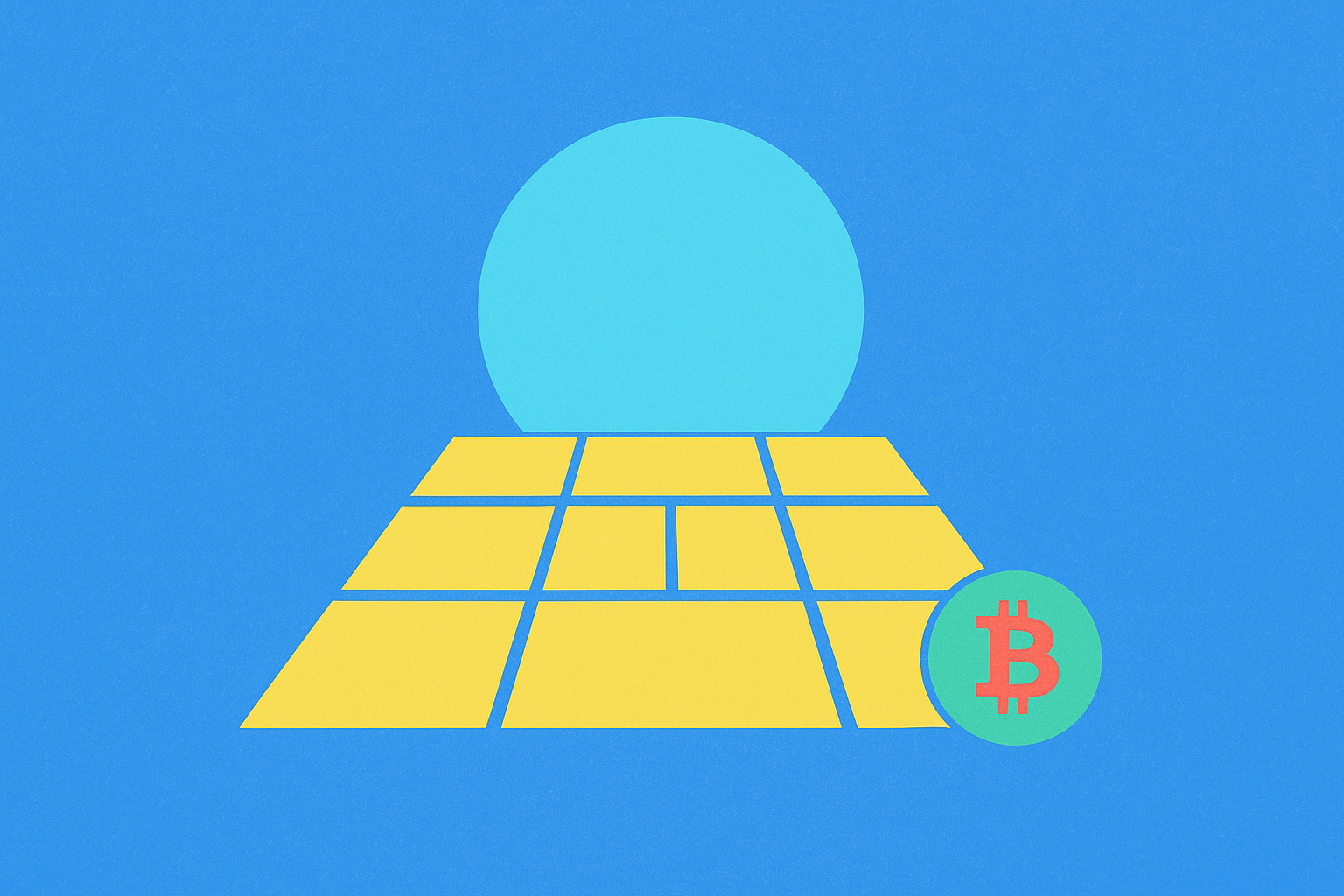
Metaverse'te Sanal Gayrimenkul Satın Alma Rehberi

Kripto Para Beyaz Bültenlerini Anlama Başlangıç Rehberi
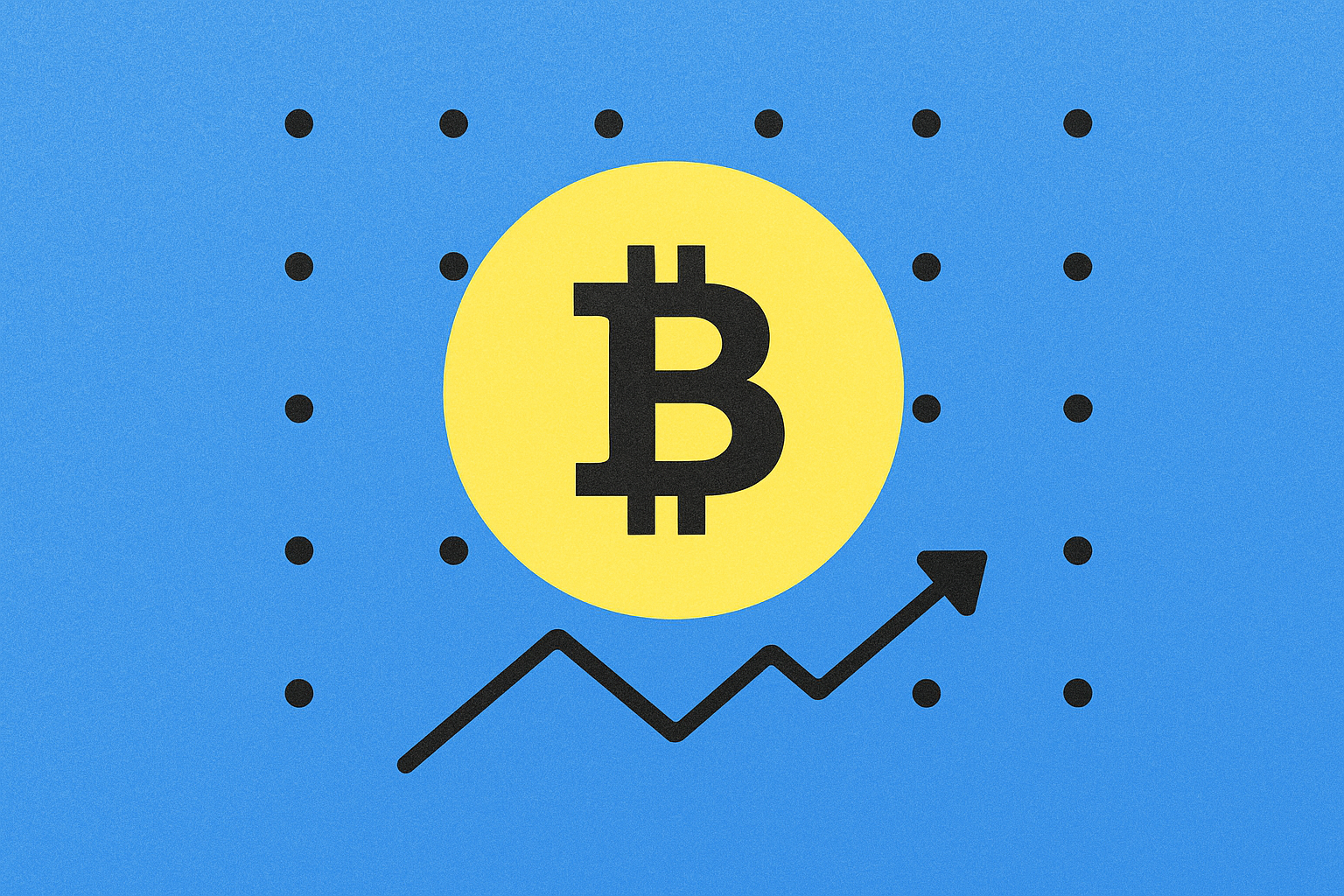
Bitcoin'in Stock-to-Flow Modelini İncelemek: Kapsamlı Bir Değerleme Rehberi
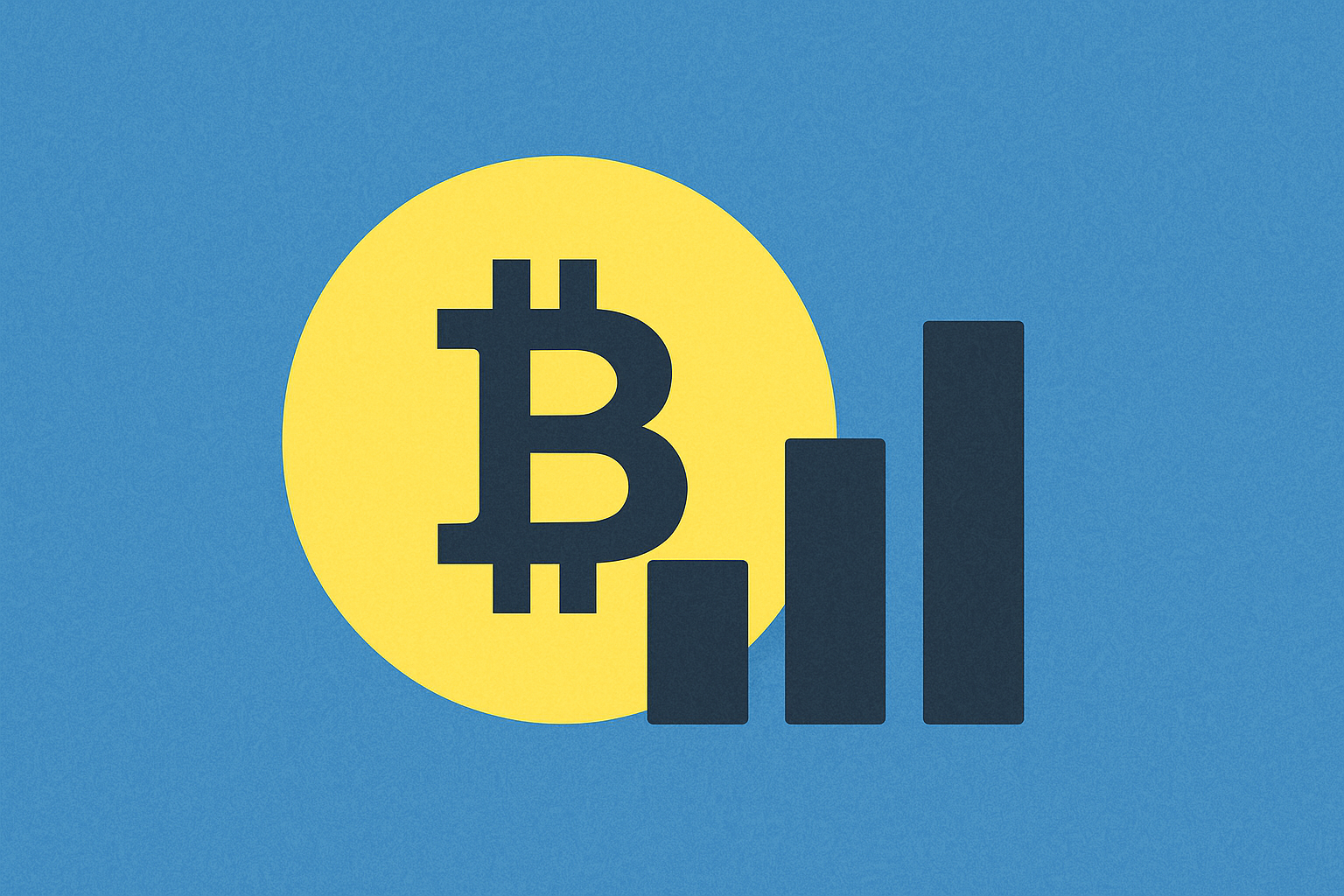
Bitcoin Stok-Akış Modelinin Mantığını Kavramak

Sürekli Swap Sözleşmeleri Üzerinde Uzmanlaşmak: Traderlar İçin Kapsamlı Rehber
